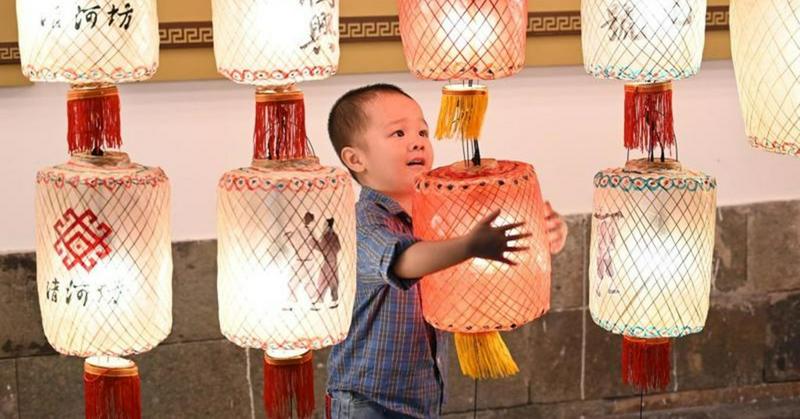China Ends Their One-Child Policy In 2015 After 35 Years
By | March 25, 2021

In the late 1970s, China was a mess. The population was growing out of control, and there was a real risk that would it would soon outpace economic development in the country, potentially leaving millions unemployed, homeless, and starving. Drastic measures were in order, so in 1979, the country implemented a radical and controversial law: the one-child policy.
Overpopulation In China
After the People's Republic of China was officially founded in 1949, the top concern of the Chinese government was shifting the country's culture and economy from agriculture to industry. It was working: As access to medical care and improved sanitation curbed the infant mortality rate and increased the average life expectancy, the economy—and population—boomed. At first, it seemed like a good thing, but by 1958, there wasn't enough food in China to feed everyone. A terrible famine swept the country, and tens of millions of Chinese people died as a result.
Government officials in China vowed to prevent such a devastating famine from ever happening again. They introduced a campaign to promote family planning, led by the popular slogan "Late, Long, and Less," encouraging families to postpone childbearing, space out pregnancies, and scale back their parenting ambitions to two children in urban communities or three for rural families. The campaign, which continued through the '60s and '70s, was somewhat successful, but many families were still having children at unsustainable rates.

China's One-Child Policy
On October 29, 1979, China unceremoniously rolled out its government-mandated one-child policy, legally forbidding families from having more than one child. It was initially meant to be a temporary measure to drastically reduce the birth rate, but it remained in place for the next 35 years. The Chinese government went to extremes to ensure compliance: Women faced forced abortions, government-sanctioned surgical sterilizations, and the involuntary insertion of intrauterine devices, while family planning officials kept detailed records of the reproductive status of every woman of childbearing age in their jurisdictions.
The Chinese government also enlisted the help of Chinese citizens, who were encouraged to spy on their neighbors and coworkers and report any suspected pregnancies or births to the government in exchange for monetary rewards. Law-abiding families were also financially compensated in the form of government assistance and better jobs with higher wages, while those who defied the policy faced fines and even lost their jobs. Many couples were granted exceptions, usually those whose first children were girls (more on that in a moment) or boys with disabilities, but those who incurred the wrath of the government incurred it hard.

Problems With The One-Child Policy
With the one-child policy, China arguably traded one problem for another—or many others. Male offspring were (and remain) favored because boys carry on the family name and Chinese society is generally patriarchal, so many women pregnant with female fetuses terminated their pregnancies. After China outlawed these "sex-selective abortions," an underground black market of ultrasound technicians was born, female newborns were often abandoned to orphanages, and unknown numbers of them were probably killed shortly after birth.
This resulted in an entirely new problem once the first generation of children born under the one-child policy reached adulthood: Young men greatly outnumbered young women, leaving many chronically single or forced to look for love outside the country. Additionally, the elderly eventually comprised a much larger percentage of the population—17% in 2019, anticipated to rise to 35% over the next few decades—than could be cared for by the country's able-bodied youngsters. Traditionally, the elderly are cared for by their younger family members, meaning one child may be expected to care for four grandparents and two parents.

The End Of China's One-Child Policy
In the end, it was the fear of a shrinking workforce that prompted Chinese officials to reexamine the one-child policy in the 2010s. For the last several years of the policy, the number of workers entering the workforce in China dropped each year, and the decrease is only going to get worse in the coming years. As the elderly population of China retires, there will be fewer workers available to replace them, especially as so many will be forced to care for them, which could lead to economic disaster. As a result, Chinese officials announced in 2013 that it would allow couples who were both only children to petition the government to be permitted to have a second child. In 2015, the entire policy was revamped. Today, all families in China are allowed to have two babies.

